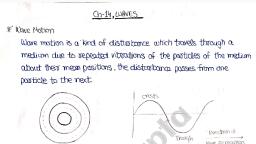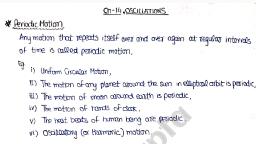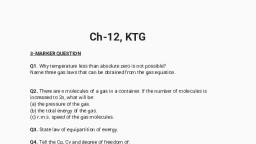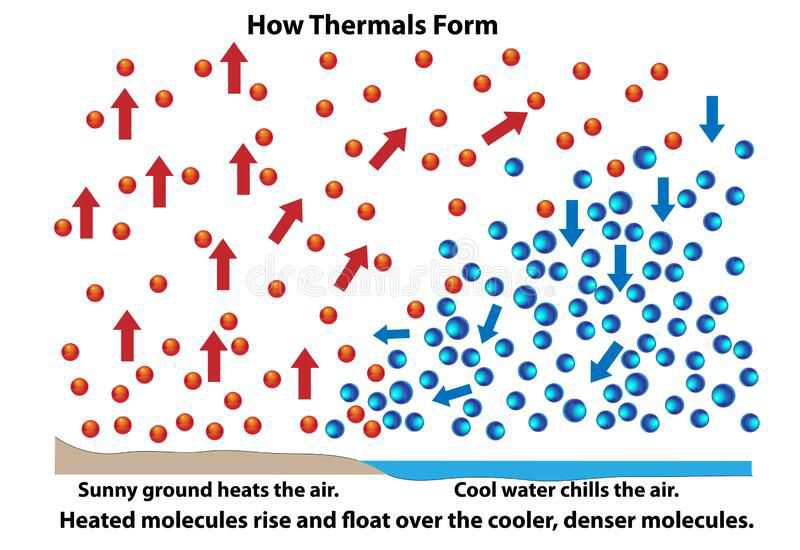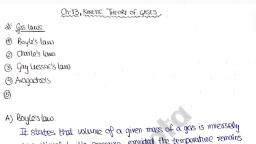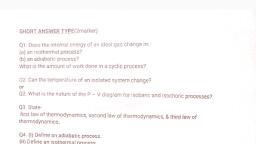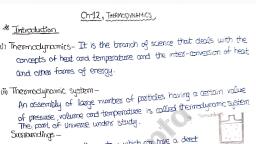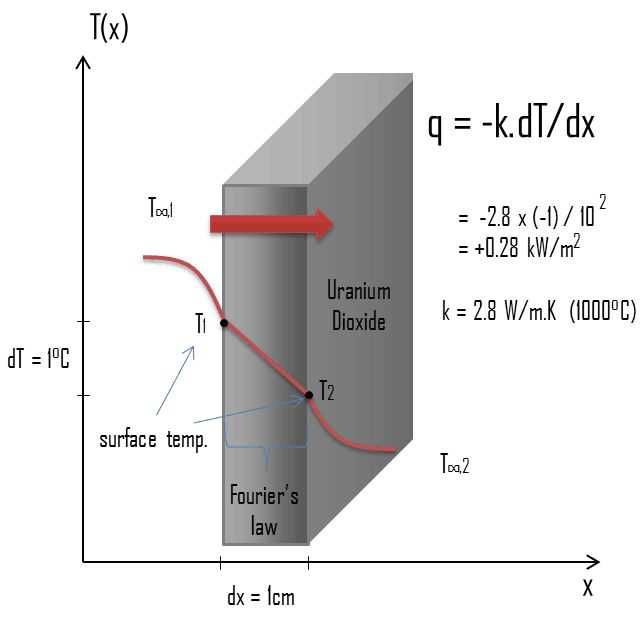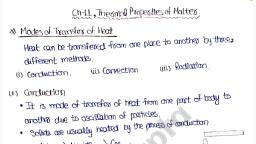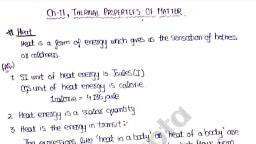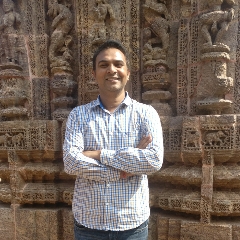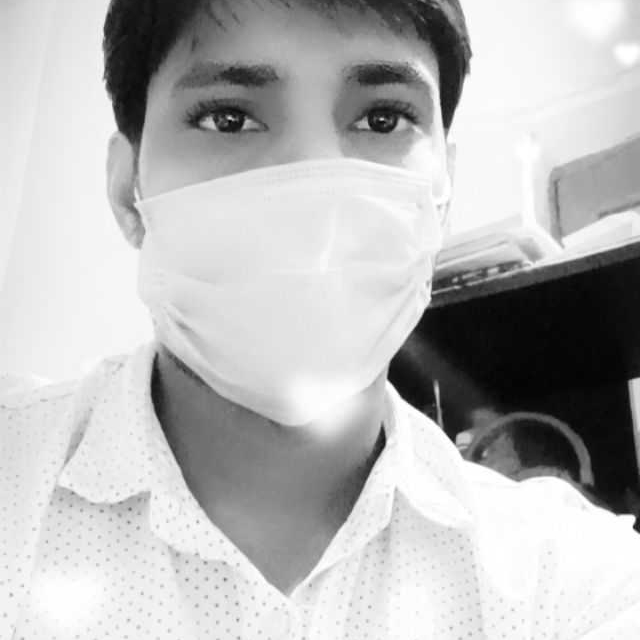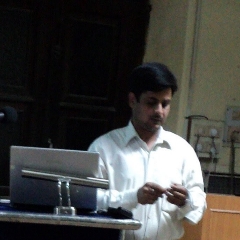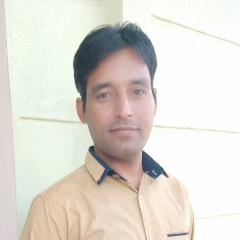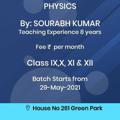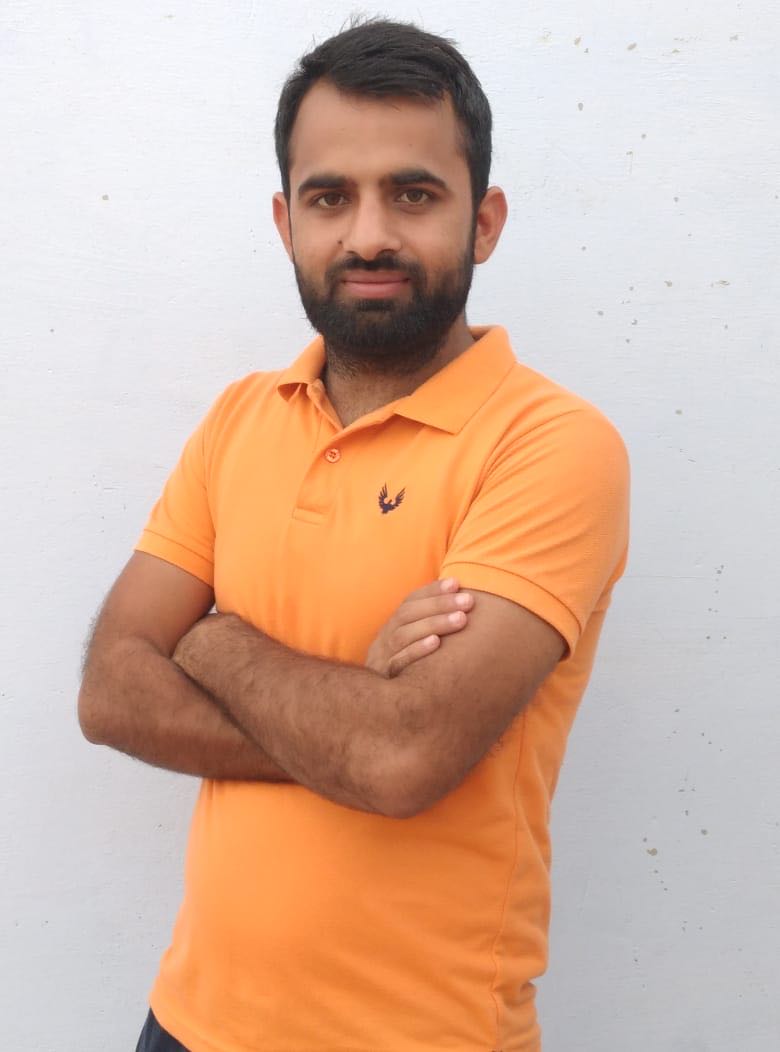Question 1 :
If there were no atmosphere around the earth, the temperature of the earth will
Question 3 :
The amount of heat required to change 1 g of a liquid into its gaseous state without any rise in temperature is called :
Question 4 :
Two copper spheres of radii $6 cm$ and $12 cm$ respectively are suspended in an evacuated enclosure. Each of them are at a temperature $15^0 C$ above the surroundings. The ratio of their rate of loss of heat is ___________.
Question 5 :
Two rods of the same material and same mass have different lengths. When they are heated :
Question 6 :
Process in which solid is directly converted to vapors state is called:
Question 7 :
For an enclosure maintained at 1000K, the maximum radiation occurs at wavelength $\lambda  _{m}$. If the temperature is raised to 2000K, the peak will shift to :
Question 8 :
If the temperature of water changes by $15^o C$ on giving $300 \,cal$ of heat, what is the mass of water?
Question 9 :
Two bodies $A$ and $B$ at temperatures $327^\circ C$ and $277^\circ C$ are kept in vacuum chamber at $27^\circ C$. Then ratio of their rates of loss of heat in a given time interval is nearly.
Question 10 :
The rate of cooling of 100g of water at $77^oC$ is 80cal/min. If the water is replaced by an equal volume of turpentine oil in the same calorimeter and allowed to cool in the same environment, then the rate of loss of heat of turpentine oil will be (Given, relative density of oil = 0.9).<br>
Question 11 :
The process in which rate of transfer of heat is maximum is :
Question 12 :
The amount of heat required to convert $1$ g of ice at $-10^{0}C$ into steam at $100^{0}C$ is (approximately): (specific heat of water $=$ $4.187$ J/g$^{0}$C, latent heat of fusion $ =$ $334$ J/g , latent heat of vaporization $=$ $2260$ J/g, specific heat of ice $=$ $2.03$ J/g) :
Question 13 :
How much time would it take for $1 \ litre$ of water to boil, initially at 0$^{\circ} C$, if a concentrator type solar heater of area $5  {m}^{2}$ is used, which can reflect 90% of energy incident on it? (Take solar constant as $1.4  kW  {m}^{-2}$).
Question 14 :
An aluminium measuring rod, which is correct at $5^o C $ measures the length of a line as $80 cm $ at $45^o C $ . If thermal coefficient of linear expansion of aluminium is $2.50 \times 10^{-5} per^o C $ .The correct length of line is :
Question 15 :
Which of the following solids are known to undergo sublimation?<br/>i. $\displaystyle { CO }_{ 2 }$<br/>ii. $\displaystyle { I }_{ 2 }$<br/>iii. Naphthalene
Question 16 :
A black body (heat capacity = C) at absolute temperature T is kept in a surrounding of absolute temperature T/2. Its rate of cooling is :($\sigma $ is stefan's constant) <br/>
Question 17 :
Length of a wire at room temperature is 4.55 m, when the temperature increases upto $ 100 $ then its length becomes 4.57m. The coefficient of linear expansion $ \left( \propto  \right)  $ of the given wire is:


